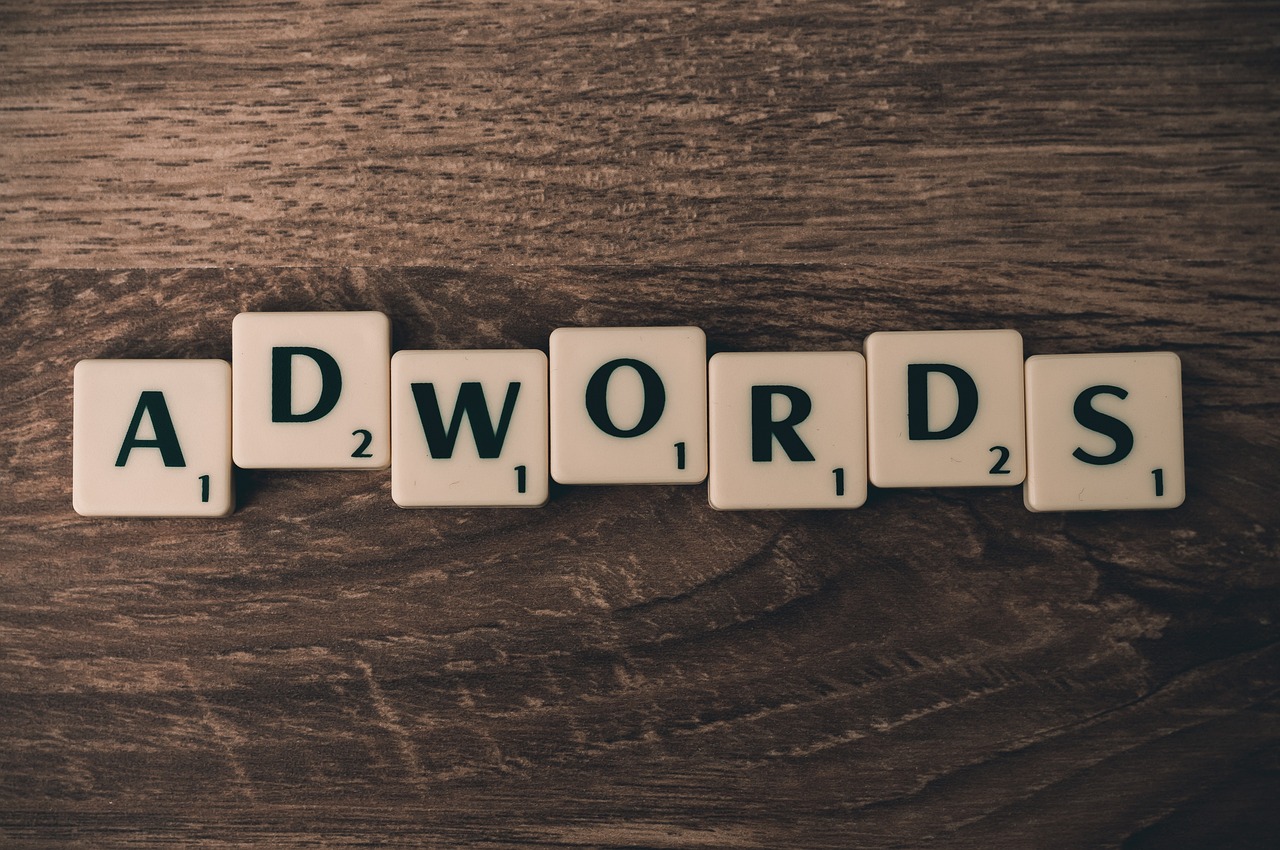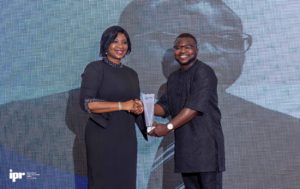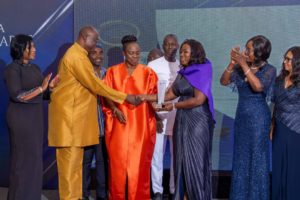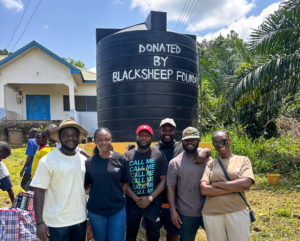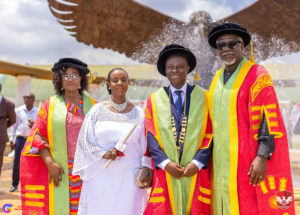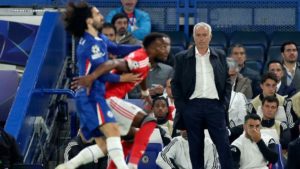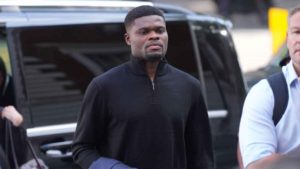The greatest marketing campaigns are those that have had a generational impact. Great effort goes into creating since marketing is both an art and a science.
Marketing has evolved dynamically from the Egyptian roots of the first ad to the segmentation of modern digital advertising. With the dawn of the Industrial Revolution and a transition to modern living, marketing campaigns became more mainstream. This has led to massive innovation in advertising.
It has also created some of the greatest marketing campaigns to grace our TVs and newspapers. Here are 5 of them.
Nike’s”Just-Do-It”
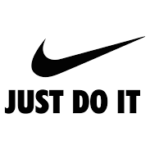
Very few ads have slogans that carry as much power and simplicity as Nike’s “Just Do It”. Crafted by copywriting titan Dan Wieden in 1987, it heralded an innovative method of marketing in the sporting goods industry. A new form of marketing was born, where the customer felt a strong sense of belonging to the product. This changed the sporting goods industry forever.
The debut ad in this genius marketing campaign featured Walt Stack, an eighty-year-old marathoner who ran 17 miles every morning. As the camera centres on Walt Stack subjecting his body to an intense workout, the narrator utters “Walt Stack ran every day. Rain or shine. Wind or hail. He just did it.”
It would seem weird that such an iconic marketing tagline would have “questionable” origins. However, Dan Wieden credits the inspiration for this slogan to the last words of convicted murderer Gary Gilmore. Facing execution by firing squad, the murderer was asked if he had any last words. His reply was “Let’s do it.
While Dan Wieden may have felt the tagline would be the perfect one for this fledgling campaign, he could not have foreseen how impactful it would become. The campaign’s success was so widespread that it ushered in a new marketing direction for the Nike brand. Subsequent marketing campaigns were in some shape or form drawn from this popular three-word slogan. “Just Do It” became synonymous with the Nike brand; a symbol of resilience and motivation in the face of difficulty. In a short time, the campaign’s success led to Nike’s North American sales growing from $877 million to $9 billion in 10 years
Fast forward to 2023, and “Just Do It” is the most iconic tagline in the sporting goods industry. A slogan synonymous with maverick marketing, it captures Nike’s brand identity in its entirety; audacious, innovative and trailblazing. It is a tagline that solidifies the brand as the creator of one of the greatest marketing campaigns ever.
Dove’s”Real-Beauty”
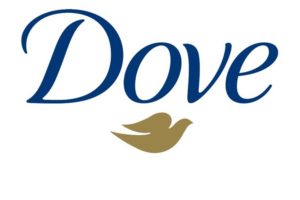
Inspired by an alarming study that discovered that only 2% of women see themselves as beautiful, this marketing campaign sought to upend traditional notions of beauty. It was as thought-provoking as it was profitable.
In a marketing campaign ranging from billboards to online videos, “Real Beauty” asked important questions about our perception of beauty standards. Dove’s Evolution ad showed how people’s perception of beauty standards is shaped, and its Real Beauty Sketches showed what happens when women internalize these standards. The latter has since become the most-viewed video ad ever.
The campaign has been a resounding success. Dove’s Real Beauty website has attracted 1.5 million visitors, while the campaign generated over 700 million euros in its first year. Regardless, some critics have questioned the authenticity of the campaign, citing a certain inauthenticity in the message. Nevertheless, the Real Beauty campaign is a hallmark of marketing and marketing. It is the kind of marketing outreach that shows how a valuable message drives brand value and increases sales
Coca-Cola’s “Share-a-Coke”
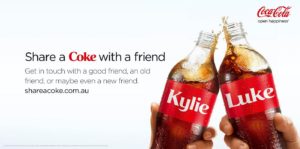
Coca-Cola is one corporation that is renowned for its refreshing takes on marketing campaigns. The “Share a Coke” campaign is no different, and it is arguably the best example.
Launched in Australia in 2011, it was targeted towards teens and a Gen Z demographic. Like Nike’s “Just Do It, there was a huge emphasis on interactivity. As clichéd as it may sound, the objective was to create a deeper sense of belonging with the customer. No efforts were spared in realizing this goal. From 4,000 hours spent corresponding with stakeholders to the development of 2,302 original artworks, Coca-Cola pulled no punches.
Running on mainstream ad digital media, the hashtag #ShareACoke showcased the participatory aspect of the campaign. This, and the customized Coke bottles the campaign is known for, create the fondest memories. Add the creation and running of 4 million personalized TV ads, and you have a campaign that lingers in the collective consciousness for a long time. It has not done too badly on social media as well, having generated over 51 million impressions on Twitter. Not to mention, it was relaunched in 2016 as “Share a Coke and a Song”.
This campaign shows what happens when you integrate marketing and advertising seamlessly. This may seem obvious, but it deserves noticing when you look at the scope of this marketing campaign. The campaign’s success came partly from the synergy of the corporation’s units. From legal expertise on potential copyright issues to design-related input, the campaign’s greatness could not have occurred in isolation.
No wonder it is part of the greatest marketing campaigns.
Apple’s”Think Different”
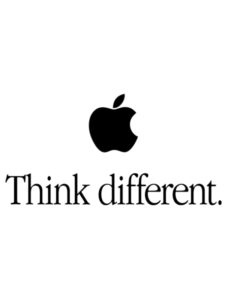
When this marketing campaign was first launched in the mid-nineties, it came at the most uncertain time in Apple Computer’s existence. At a time when the tech giant was virtually bankrupt, Steve Jobs’ return paved the way for the beginning of this iconic campaign.
Apple wanted to carve an identity that associated the brand with innovation and uniqueness. Enter the “Think Different” campaign. Spanning from 1997 to 2002, it signalled the beginning of Apple’s brand identity by showcasing images of prominent historical personalities with the tagline “Think Different”. Print ads, for example, would have the image of a prominent personality, the Apple logo and the said tagline. Similarly, billboard ads would feature historical events/personalities and the tagline. Simple yet effective. The campaign’s message focused on exclusivity, and non-conformity as the dominant trait of an Apple customer.
The inaugural commercial of the campaign arguably possesses the most iconic moment there. Known as “The Crazy Ones”, the one-minute ad features a voice-over of Steve Jobs over a montage of eminent personalities such as Gandhi.
You can also see this focus on non-conformity in the “Think Different” phrase itself. While the grammatically correct expression would be “Think Differently”, the use of the former has a more direct impact. It has the same effect as “Think Big”, and it achieves a succinct yet impactful effect. It is a memorable tagline that represents one of the greatest marketing campaigns ever.
Speaking of memorable campaigns, none is arguably more memorable than this next one.
DeBeers’ “A Diamond Is Forever”
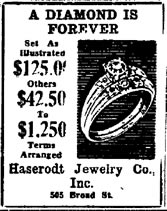
When Welsh songstress Shirley Bassey sang this phrase for the James Bond movie soundtrack of the same name, it represented how the most iconic lines come from a moment of sheer genius.
We see diamonds today as highly valuable. However, this was not always the case. In a perfect example of how advertising can shape public perception, ad agency N.W. Ayer masterfully executed this campaign by connecting diamonds to romance. The results this had were astounding. After all, following a global slump in the value of diamonds during the 1930s, DeBeers had to come up with a strategy to offset this challenging time.
Drawing a parallel between romance and diamonds was a genius move. “A Diamond Is Forever” was the big idea that propelled this campaign. Created by N.W Ayer copywriter Frances Getty, it has shaped a whole generation’s perception of a single metal. DeBeers reaped numerous financial benefits too; the campaign’s success saw sales increase to over 2 billion dollars from 1939 to 1979.
The iconic phrase has also lingered on in pop culture, and has also birthed variations such as “Diamonds Are A Girl’s Best Friend.” DeBeers’ success has been so absolute that the use of diamond engagement rings rose from 10% in 1940 to over 80% in 1990. As a crowning achievement, the iconic tagline has been adjudged the greatest of the 20th century.
The campaign’s success also led to a greater focus on advertising at DeBeers, with the ad budget increasing from US$200,000 to US$10 million within 4 decades.
Great marketing ultimately boils down to a concise message. A concise message also refers to what David Ogilvy calls a “big idea”. In the case of this campaign, “Diamonds Are Forever” is the perfect summary of a concise yet impactful message. If diamonds are forever, then they wield immense value; if they are precious, what better way to show your love than by gifting your partner one? Herein lies a compelling message that skilfully uses the KISS principle, and fills a lot of pockets too.
To tell a story
Looking at the campaigns discussed so far, storytelling is a thread that runs through all of them.
A marketing campaign’s resounding success rests largely on a compelling brand story. A compelling story however depends on your understanding of your customer’s strengths, weaknesses and pain points. Be it Nike using Walt Stack as an example, or Apple eulogizing their renegade customers, storytelling remains essential in connecting to your audience. It is indeed an essential part of creating memorable advertising strategies.
Marketing campaigns are therefore storytelling campaigns. The most successful brands have found the nexus between compelling storytelling and amazing brand experiences. When you find this nexus, you get the greatest marketing campaigns that linger in the public’s consciousness.
With the looming disruption artificial intelligence offers, its effect on marketing communications promises to be insane. Regardless of technological changes, the power of a great marketing campaign will never change, and its impact will only be enhanced by such innovations.

